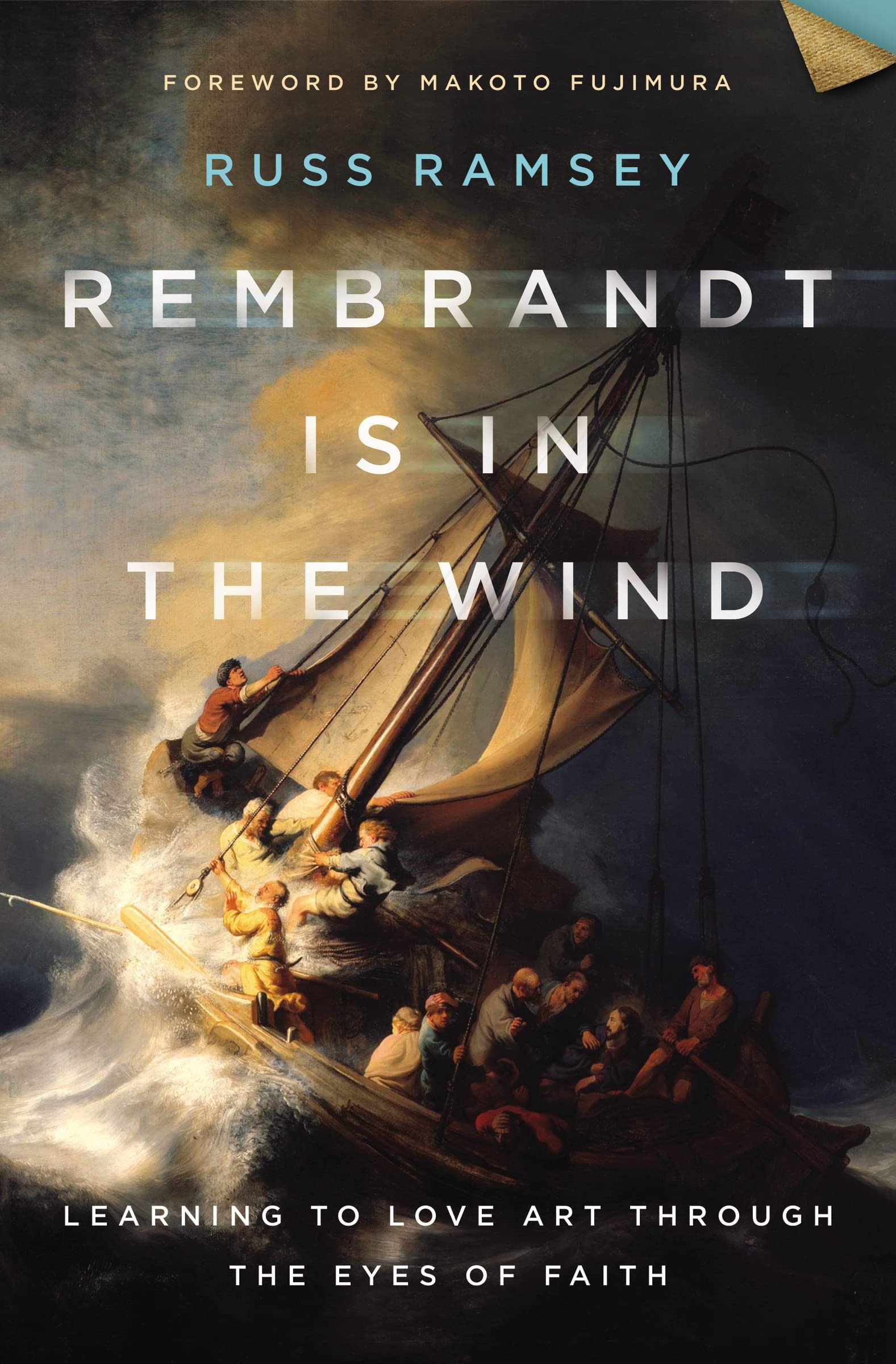There is something about evangelicalism that has tended to make people suspicious of the arts. In some cases, it is understandably because of the illicit content found in some movies and music, but in other cases, it's something different -- maybe a fear of the unknown, or maybe a distrust of anything that is not explicitly "Christian."
But Russ Ramsey explains in this book how important it is for Christians to be perceptive about the presence of beauty in the world around them. Evangelicals are good at pursuing goodness and truth, but beauty often "remains a distant third." (p.9). Christians would do well to reflect on Blaise Pascal's observation that "every man is almost always led to believe not through proof, but through that which is attractive." (p.13)
As a lover of the arts myself, I was very excited about Ramsey's book, which is subtitled, "learning to love art through the eyes of faith." Let the reader understand that this book is not about the arts broadly speaking, but about visual arts specifically. Ramsey devotes each chapter to a distinct visual artist, including luminaries like Rembrandt, Michelangelo, van Gogh, and Hopper. What you will find, however, is that this book is about the personal lives of these artists as much as it is about their art, along with spiritual lessons drawn from their personal struggles and sorrows. This struck me as a disappointment to begin with, because the subtitle made me think the book would deal primarily with the evangelical problem of art under-appreciation. But the stories of these artists' lives were so compelling, and the Christian faith of many of them so relevant to their craft, that I was eventually won over.
The story of Lilias Trotter is especially interesting – a woman with exceptional artistic skills who put aside a promising career so she could devote her life to Christian missions. Did she do the right thing? Did she squander fame and fortune? As her biographer wrote, she "knew the pain of giving up something good for something she deems better." (p.204).
Appendices on how to visit an art museum, and how to look at a work of art, were also helpful and could have been developed at much greater length.


